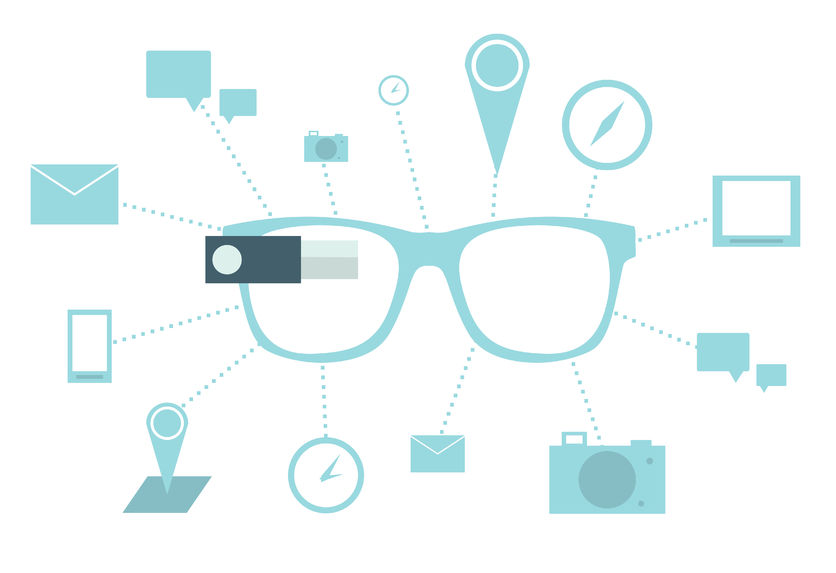Google Glass is the wearable computer that sits right in front of your eyes giving tech fans everywhere a chance to never leave their computers. It was, if Google had its way, supposed to become a ubiquitous computer, one where everyone would have access to the Internet/Computing ability at all times. This didn’t happen. Ever since the release of the first developer versions of Google Glass in early February 2013, the Glass has sparked controversy. Members of the press worried about its invasive nature and the comedians even called the early adopters “glassholes.” The critics argued that when you strap a camera with a computer to the faces of a large number of people there would inherently be problems. I agree with them wholeheartedly. Google Glass as a consumer product available to the masses is a terrible idea that would destroy what shred of privacy that we have left (it’s a really small shred, so it wouldn’t be hard to destroy).
On the other hand, though Google Glass has enormous potential to revolutionize society in a way that was wholly unanticipated. Manufacturing. Never mind the fact that Google Glass makes you look awful while wearing it, it has the capacity to totally change the way your manufacturing shop runs. Google Glass has the ability to re-make your shop floor into something that runs in an efficient and intelligent manner. It can make your processes smart and anyone on the floor has access to all of the information about the machines and products from a simple voice command. One company realized this and created a piece of software for the Google Glass called MTConnect+Glass.
MTConnect is a piece of software that you are most likely already familiar with. It’s an industry-standard suite of tools that allows you to exchange data between machines on the shop floor and your computer for use in other applications. ITAMCO has taken these tools one step further, with the help of Google Glass. They have described this merger of technologies in a much more concise manner than I myself could manage, so without further ado, from ITAMCO’s statement:
Data streams from MTConnect Agents directly to Google Glass. Google Glass recognizes the machine tool, grabs appropriate information from MTConnect and parses the MTConnect stream to display it in a user-friendly way for the Google Glass wearer. The user will be able to view the following information from the MTConnect-compatible equipment: Power Status, Emergency Stop, Alarm/Messages, Block, Controller Mode, Line, Program, Execution, Path Feed-Rate, Spindle, Axis Positions, Spindle Overrides, Feed-Rate Overrides, Machine Location, Part Location, and Current Part Status. Also, if there is a camera inside the machine, Google Glass will stream the video to the user and overlay the machine data so the user can compare, analyze and make quick decisions. The user could record and share this data seamlessly with all appropriate parties.
A possible application of this is that manufacturers could train on the shop floor with instant access to company training videos for the machine they’re standing in front of, with access to other employees via video conference, for asking questions. The owner/upper management of the shop could get a more detailed view of the production status of his shop while walking with Glass. The potential of Glass’ application for the industry is only limited by the imagination of the engineers. Take a moment today and think about how new technology can aid your shop. It could pay enormous dividends. The best successes are not those who risk nothing by staying the course, but the innovators who are always looking for the next piece of tech that can push their business into the stratosphere.

